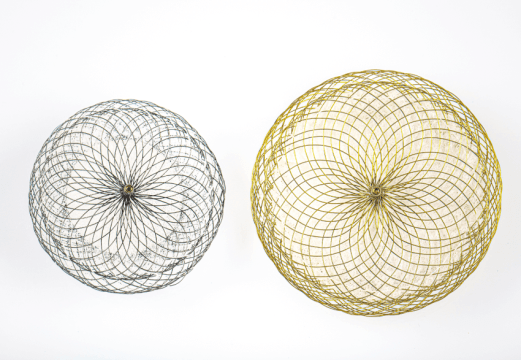Original title: Biodegradable Polymer Biolimus-Eluting Stent Versus Durable Polymer Everolimus-Eluting StentA Randomized, Controlled, Noninferiority Trial.NEXT trial. Reference: Masahiro Natsuaki et al. J Am CollCardiol 2013;62:181–90.
Drug-eluting stents with biodegradable polymer were designed to counteract the long-term adverse effects on the vascular wall of permanent polymer.
This prospective, multicenter, randomized, non-inferiority design study, compared the biolimus eluting stent with biodegradable polymer NOBORI (Terumo, Tokyo, Japan) versus everolimus-eluting stent with permanent biocompatible polymer XIENCE/PROMUS. The primary efficacy end point was the revascularization of the target lesion after a year and the safety end point, a composite of death and myocardial infarction at 3 years. A total of 3235 patients were included (1617 received NOBORI stent and 1618 XIENCE/PROMUS). A clinical follow-up was made to the entire population, angiographic follow-up of 2103 patients (65 %). The revascularization lesion in the first year (primary endpoint) occurred in 67 patients (4.2 %) in the NOBORI group versus 66 patients (4.2 %) of the XIENCE/ PROMUS group, (p = 0.93, for non-inferiority < 0.0001). The incidence of definite stent thrombosis at one year was low and similar between the two stents (0.25 % versus 0.06 %, p= .18). Late lumen loss in patients who underwent angiographic follow-up was also similar between the two stents (0.03 ± 0.39 mm versus 0.06 ± 0.45, p = 0.52). The only significant difference was the higher incidence of fracture of the stent in the patients who received NOBORI (3.1 % versus 0 % p = 0.004).
Conclusion:
The clinical and angiographic results of the biolimus eluting stent with biodegradable polymer were not inferior to everolimus-eluting stent with permanent polymer. Both stents showed a low revascularization incidence and extremely low thrombosis.
Editorial Comment
Theoretical advantage of degradable polymer to reduce chronic inflammation of the vessel wall and therefore reduce its potential consequences such as restenosis or thrombosis, probably take place in a long term. Furthermore biolimus eluting stent showed a significantly higher incidence of stent fracture whose potential consequences were not reflected a year but should be monitored also in the longer term.
SOLACI.ORG





